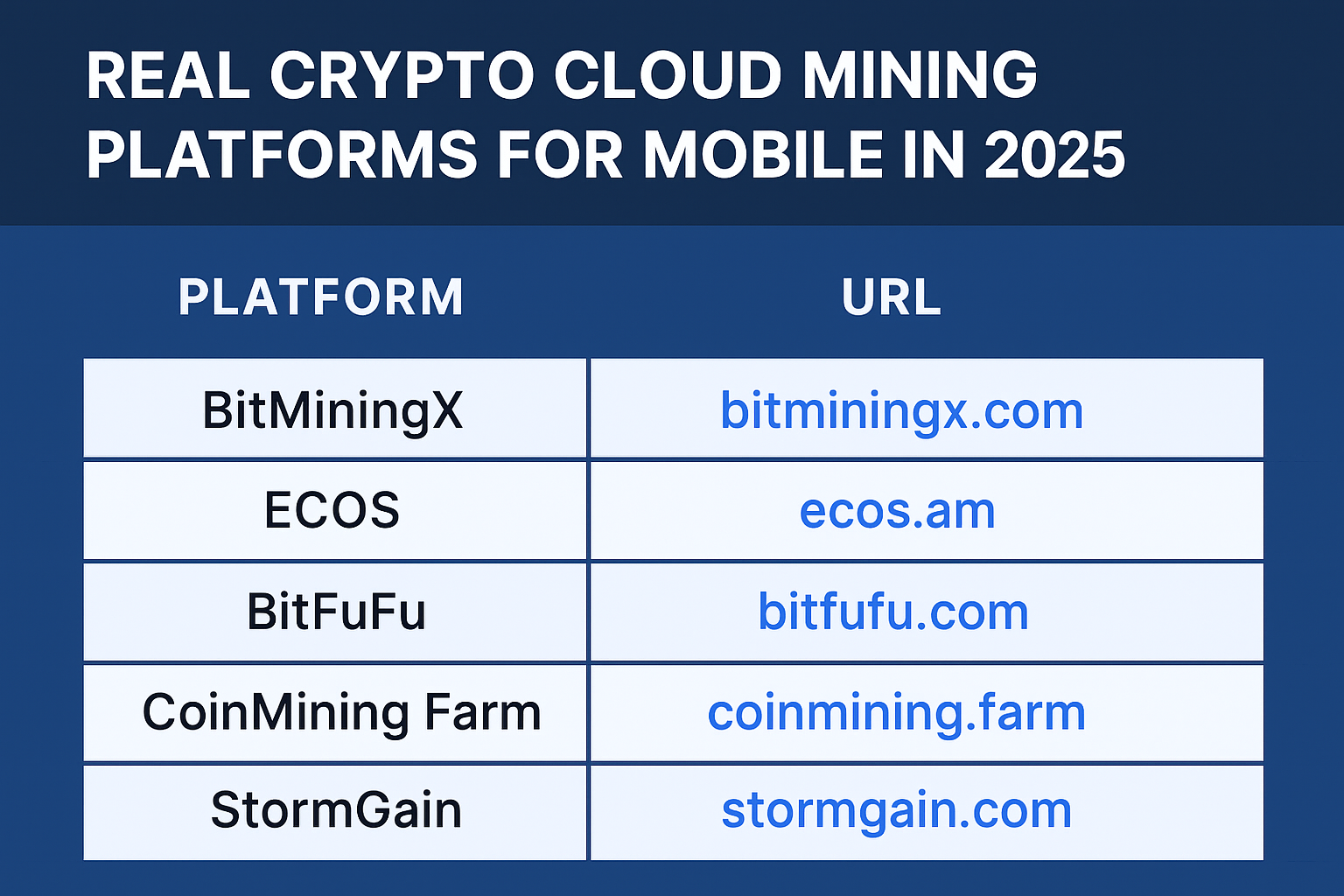The debate surrounding Proof of Work (PoW) and Proof of Stake (PoS) mining centers on profitability and sustainability. PoW relies heavily on hardware and energy, resulting in significant operational costs. Conversely, PoS presents a more energy-efficient approach with lower initial investments. As the landscape of cryptocurrency evolves, understanding the nuances of these mining methods could influence future investment decisions and strategies. What factors will ultimately determine which method proves more advantageous?
Key Takeaways
- Proof of Work (PoW) requires significant investment in hardware and energy, leading to high operational costs and potentially lower profitability over time.
- Proof of Stake (PoS) generally requires a lower initial investment and offers consistent rewards based on the amount staked, enhancing profitability.
- PoW may experience declining returns as block rewards decrease, while PoS can provide stable income through ongoing staking rewards.
- PoW’s high energy consumption raises environmental concerns, potentially resulting in regulatory scrutiny that could impact profitability.
- Market volatility affects both models, but PoS may mitigate risks better due to lower entry barriers and reduced operational costs.
Understanding Proof of Work and Proof of Stake Mining
While both Proof of Work (PoW) and Proof of Stake (PoS) represent foundational mechanisms for securing blockchain networks, they operate on fundamentally different principles and methodologies. PoW relies on computational power to solve complex mathematical problems, requiring miners to invest significant resources in hardware and energy. This resource-intensive approach fosters a competitive environment where success hinges on the ability to outpace peers. Conversely, PoS operates by allowing validators to create new blocks based on the number of coins they hold and are willing to “stake.” This method promotes energy efficiency and inclusivity, as it reduces barriers to entry. Ultimately, understanding these distinctions is essential for individuals considering their participation in Proof of Work vs Proof of Stake mining, as each method impacts profitability and sustainability differently.

The Mechanics of Proof of Work Mining
Proof of Work mining operates through a systematic process that involves solving cryptographic puzzles to validate transactions on a blockchain. Miners utilize powerful hardware to compete in solving these complex mathematical problems, with the first to succeed earning the right to add a new block to the blockchain. This process not only secures the network but also guarantees the integrity of the transaction history. The difficulty of the puzzles adjusts periodically, maintaining a consistent rate of block creation. Additionally, miners are incentivized through block rewards and transaction fees. This competitive environment fosters a community of participants who contribute to the network’s security, highlighting the collaborative nature of Proof of Work mining as they collectively aim for profitability in the evolving landscape of cryptocurrencies.
The Mechanics of Proof of Stake Mining
The mechanics of Proof of Stake mining center around the staking process, where participants lock up a portion of their cryptocurrency to validate transactions and secure the network. This model offers rewards and incentives based on the amount staked, encouraging user participation and promoting network health. Additionally, the security features inherent in Proof of Stake systems contribute to their resilience against attacks, setting them apart from Proof of Work mechanisms.
Staking Process Explained
How does the staking process function within the framework of Proof of Stake mining? In this model, participants lock up a certain amount of cryptocurrency in a wallet to become validators. This commitment serves as collateral, influencing their chances of being selected to validate transactions and create new blocks. The process is characterized by the following elements:
- Validator Selection: Validators are chosen based on the amount staked and other criteria, promoting decentralization.
- Network Security: Staking enhances network integrity, as validators risk losing their staked assets for malicious behavior.
- Transaction Processing: The staking process allows for efficient transaction validation, reducing the energy consumption associated with Proof of Work mining.
This framework fosters a sense of community among participants, aligning their interests with the network’s health.
Rewards and Incentives
While many investors are drawn to the potential for passive income, the mechanics of rewards and incentives in Proof of Stake mining play an essential role in attracting participants to the network. Unlike Proof of Work, which requires substantial computational power, Proof of Stake rewards validators based on the number of coins they hold and are willing to “stake.” This system encourages long-term investment and commitment to the network. Participants receive rewards in the form of transaction fees and newly minted coins, fostering a sense of community and shared success. Additionally, the predictable nature of these rewards appeals to those seeking stability in their investments, making Proof of Stake an increasingly attractive alternative in the ongoing discussion of Proof of Work vs Proof of Stake mining.
Network Security Features
Given the unique operational framework of Proof of Stake mining, its network security features stand out as a critical component in maintaining integrity and trust within the blockchain ecosystem. Unlike Proof of Work, which relies on computational power, Proof of Stake enhances security through economic incentives tied to the ownership of tokens. This mechanism inherently discourages malicious behavior, as attacking the network would require significant financial investment.
- Validator Selection: Randomized processes determine who validates transactions, reducing predictability in attack vectors.
- Slashing Conditions: Malicious actions lead to the forfeiture of staked tokens, creating a deterrent against dishonest behavior.
- Decentralization Incentives: Encourages a diverse range of participants, bolstering the overall resistance to centralization and potential threats.
These features collectively contribute to a robust and secure blockchain environment.
Profitability Analysis- Proof of Work Vs Proof of Stake Mining
In the profitability analysis of Proof of Work vs Proof of Stake mining, several critical factors emerge, including energy consumption, initial investment requirements, and long-term profitability outlook. Proof of Work systems often demand substantial energy resources and hardware costs, while Proof of Stake may present lower upfront investments and reduced operational expenses. Understanding these variables is essential for evaluating the financial viability of each mining method.

Energy Consumption Comparison
Frequently, discussions surrounding the profitability of cryptocurrency mining center on energy consumption, particularly when comparing Proof of Work vs Proof of Stake mining. The two methodologies exhibit distinct energy profiles, influencing their operational costs and environmental impact.
- Proof of Work: Requires significant computational power, leading to high energy consumption and substantial electricity bills.
- Proof of Stake: Utilizes a fraction of the energy, as it relies on validators rather than intensive computational processes.
- Environmental Considerations: Increasing scrutiny on energy usage drives a preference for sustainable practices, impacting long-term profitability.
Ultimately, the disparity in energy consumption between Proof of Work vs Proof of Stake mining shapes investment decisions, as stakeholders increasingly prioritize eco-friendly options alongside financial returns.
Initial Investment Requirements
A critical aspect of the profitability analysis in the debate over Proof of Work vs Proof of Stake mining lies in the initial investment requirements. Proof of Work mining necessitates substantial upfront costs for hardware, such as high-performance GPUs or ASIC miners, alongside ongoing expenses related to electricity and maintenance. This investment can deter many potential miners, particularly those with limited financial resources. In contrast, Proof of Stake mining generally demands a lower initial investment, primarily requiring users to acquire the cryptocurrency itself to participate in the network. This accessibility may appeal to a broader audience, allowing more individuals to engage in the mining process. Ultimately, understanding these initial investment requirements is essential for those evaluating the profitability of each mining method.
Long-Term Profitability Outlook
While both Proof of Work and Proof of Stake mining offer distinct advantages, their long-term profitability outlooks diverge markedly due to varying underlying mechanics and market dynamics. Proof of Work mining often faces challenges such as high energy consumption and diminishing rewards, which can affect profit margins. Conversely, Proof of Stake mining tends to benefit from lower operational costs and a more sustainable model, potentially enhancing long-term profitability.
- Proof of Work may experience declining returns as block rewards diminish over time.
- Proof of Stake can provide consistent income through staking rewards, fostering stability.
- Market volatility impacts both models, but Proof of Stake may mitigate risks due to lower barriers to entry.
Ultimately, the choice between these methods requires careful consideration of individual goals and market conditions.
Environmental Impact of Proof of Work Vs Proof of Stake Mining
As the debate over the efficiency of cryptocurrency mining continues, the environmental impact of Proof of Work vs Proof of Stake mining has emerged as a critical consideration. Proof of Work mining is often criticized for its substantial energy consumption and carbon footprint, as it requires vast computational power to solve complex mathematical problems. In contrast, Proof of Stake mining operates on a markedly lower energy model, relying on validators who are chosen based on their stake in the network rather than intensive computational tasks. This fundamental difference highlights the potential for Proof of Stake to reduce the environmental toll associated with cryptocurrency operations. Consequently, the choice between these two methods not only influences profitability but also carries considerable implications for sustainability in the crypto ecosystem.
Risks and Challenges in Both Mining Methods
The risks and challenges associated with both Proof of Work and Proof of Stake mining methods reveal substantial implications for investors and participants in the cryptocurrency ecosystem. Understanding these risks is essential for making informed decisions.

- Market Volatility: Sudden fluctuations in cryptocurrency prices can adversely affect mining profitability, regardless of the method employed.
- Centralization Concerns: Both methods can lead to centralization, with a few entities dominating the network, which may undermine the decentralized ethos of cryptocurrencies.
- Regulatory Risks: Changes in regulations can impact mining operations, especially for Proof of Work, which faces scrutiny due to its environmental footprint.
Navigating these complexities is critical for anyone involved in the Proof of Work vs Proof of Stake mining debate, as these challenges can greatly influence overall success.
Future Trends in Mining- Which Method Will Prevail?
What future trends will shape the mining landscape as the debate between Proof of Work and Proof of Stake continues? As environmental concerns intensify, Proof of Stake mining is gaining traction due to its energy efficiency, appealing to a broader audience that values sustainability. Additionally, regulatory developments may influence the viability of Proof of Work, potentially leading to stricter restrictions on energy consumption. Technological advancements in both methods could also redefine profitability, with innovations in hardware and algorithms enhancing performance. Community engagement will play an essential role, as users increasingly seek platforms that align with their values. Ultimately, the future of mining may hinge on balancing profitability with ethical considerations, shaping a landscape where both Proof of Work and Proof of Stake can coexist.
Frequently Asked Questions
What Are the Initial Costs for Proof of Work Mining Setups?
Initial costs for Proof of Work mining setups include hardware purchases, electricity expenses, cooling systems, and potential facility rentals. These investments can greatly impact profitability, necessitating careful financial planning and market analysis for miners.
How Does Network Difficulty Affect Mining Profitability?
Network difficulty greatly influences mining profitability by determining the resources required to successfully mine blocks. As difficulty increases, miners face higher operational costs, potentially diminishing returns and complicating the financial viability of mining endeavors.
Can You Switch Between Proof of Work and Proof of Stake?
Switching between Proof of Work and Proof of Stake is generally not feasible, as they are fundamentally different consensus mechanisms. Each blockchain typically adheres to one method, influencing its operational dynamics and overall network performance.
What Cryptocurrencies Use Proof of Work and Proof of Stake?
Various cryptocurrencies utilize distinct consensus mechanisms. Bitcoin employs Proof of Work, while Ethereum shifted to Proof of Stake. Other notable examples include Litecoin for Proof of Work and Cardano for Proof of Stake, highlighting diverse approaches.
Are There Hybrid Models Combining Both Mining Methods?
Hybrid models do exist, integrating both Proof of Work and Proof of Stake mining methods. These approaches aim to leverage the strengths of each system, enhancing security and efficiency while potentially attracting a broader user base.
Conclusion
To sum up, while Proof of Work mining may offer substantial rewards, its high operational costs and decreasing block rewards present significant challenges. Conversely, Proof of Stake mining demonstrates a more sustainable and cost-effective approach, providing consistent earnings with lower environmental impact. As the cryptocurrency landscape evolves, the long-term profitability and ecological considerations of each method will likely influence their adoption, suggesting that Proof of Stake may emerge as the more favorable choice for future mining endeavors.




